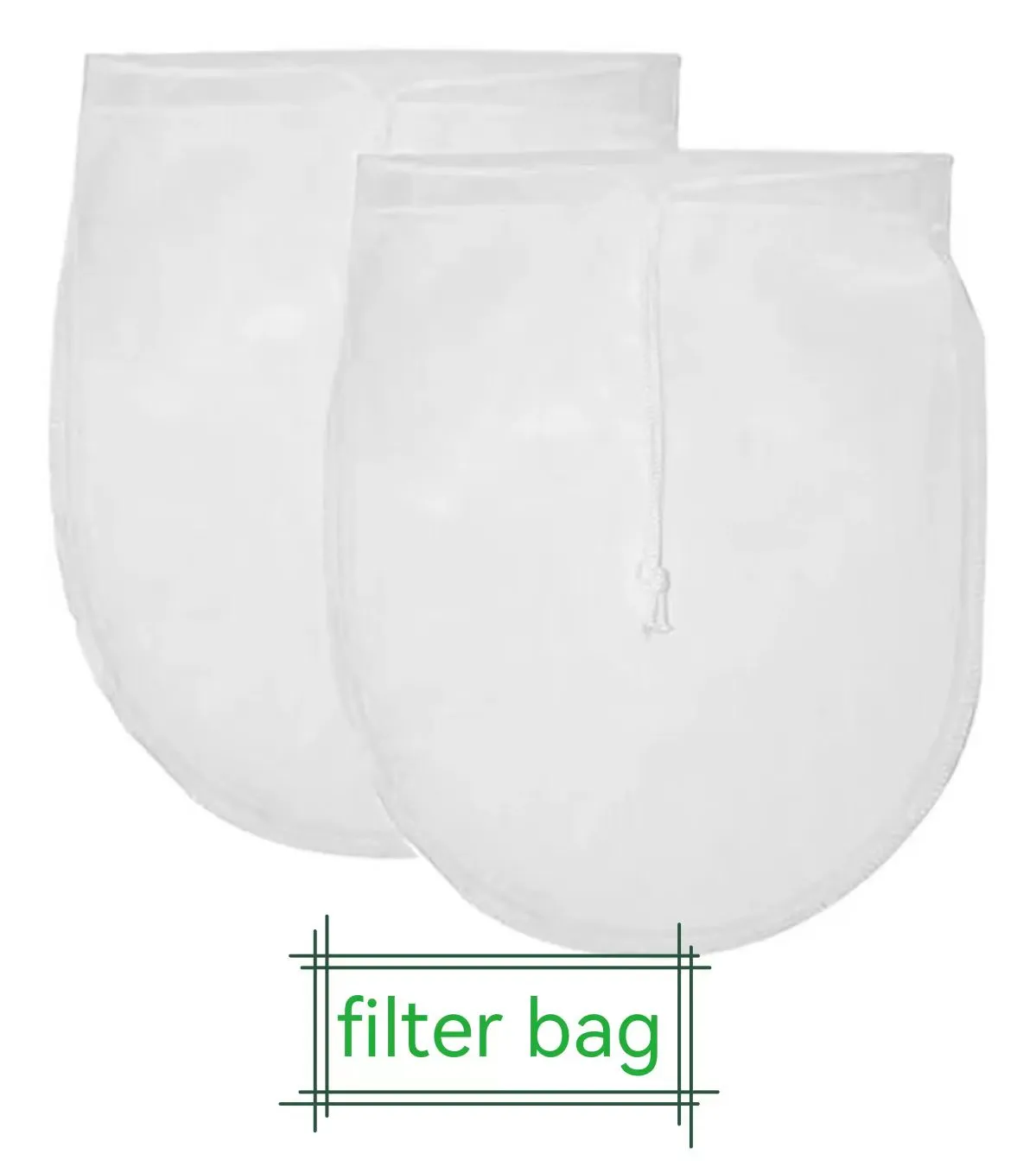-
 Afrikaans
Afrikaans -
 Albanian
Albanian -
 Amharic
Amharic -
 Arabic
Arabic -
 Armenian
Armenian -
 Azerbaijani
Azerbaijani -
 Basque
Basque -
 Belarusian
Belarusian -
 Bengali
Bengali -
 Bosnian
Bosnian -
 Bulgarian
Bulgarian -
 Catalan
Catalan -
 Cebuano
Cebuano -
 China
China -
 Corsican
Corsican -
 Croatian
Croatian -
 Czech
Czech -
 Danish
Danish -
 Dutch
Dutch -
 English
English -
 Esperanto
Esperanto -
 Estonian
Estonian -
 Finnish
Finnish -
 French
French -
 Frisian
Frisian -
 Galician
Galician -
 Georgian
Georgian -
 German
German -
 Greek
Greek -
 Gujarati
Gujarati -
 Haitian Creole
Haitian Creole -
 hausa
hausa -
 hawaiian
hawaiian -
 Hebrew
Hebrew -
 Hindi
Hindi -
 Miao
Miao -
 Hungarian
Hungarian -
 Icelandic
Icelandic -
 igbo
igbo -
 Indonesian
Indonesian -
 irish
irish -
 Italian
Italian -
 Japanese
Japanese -
 Javanese
Javanese -
 Kannada
Kannada -
 kazakh
kazakh -
 Khmer
Khmer -
 Rwandese
Rwandese -
 Korean
Korean -
 Kurdish
Kurdish -
 Kyrgyz
Kyrgyz -
 Lao
Lao -
 Latin
Latin -
 Latvian
Latvian -
 Lithuanian
Lithuanian -
 Luxembourgish
Luxembourgish -
 Macedonian
Macedonian -
 Malgashi
Malgashi -
 Malay
Malay -
 Malayalam
Malayalam -
 Maltese
Maltese -
 Maori
Maori -
 Marathi
Marathi -
 Mongolian
Mongolian -
 Myanmar
Myanmar -
 Nepali
Nepali -
 Norwegian
Norwegian -
 Norwegian
Norwegian -
 Occitan
Occitan -
 Pashto
Pashto -
 Persian
Persian -
 Polish
Polish -
 Portuguese
Portuguese -
 Punjabi
Punjabi -
 Romanian
Romanian -
 Russian
Russian -
 Samoan
Samoan -
 Scottish Gaelic
Scottish Gaelic -
 Serbian
Serbian -
 Sesotho
Sesotho -
 Shona
Shona -
 Sindhi
Sindhi -
 Sinhala
Sinhala -
 Slovak
Slovak -
 Slovenian
Slovenian -
 Somali
Somali -
 Spanish
Spanish -
 Sundanese
Sundanese -
 Swahili
Swahili -
 Swedish
Swedish -
 Tagalog
Tagalog -
 Tajik
Tajik -
 Tamil
Tamil -
 Tatar
Tatar -
 Telugu
Telugu -
 Thai
Thai -
 Turkish
Turkish -
 Turkmen
Turkmen -
 Ukrainian
Ukrainian -
 Urdu
Urdu -
 Uighur
Uighur -
 Uzbek
Uzbek -
 Vietnamese
Vietnamese -
 Welsh
Welsh -
 Bantu
Bantu -
 Yiddish
Yiddish -
 Yoruba
Yoruba -
 Zulu
Zulu
steel tread mesh
Understanding Steel Tread Mesh A Versatile Solution for Numerous Applications
Steel tread mesh, often referred to as steel grating or steel tread plate, represents a significant advancement in the field of construction and engineering. This innovative material is not only functional but also versatile, making it a popular choice in various industries. With its unique design and robust characteristics, steel tread mesh is an ideal solution for many applications ranging from industrial to aesthetic.
What is Steel Tread Mesh?
Steel tread mesh is made from high-quality steel and typically features a series of raised patterns or treads that provide excellent traction. This design not only enhances safety by reducing the risk of slipping but also ensures that the material can withstand heavy loads and harsh conditions. The mesh is manufactured through a process that involves cutting the steel into desired shapes and patterns, which are then welded together to form a strong, interconnected grid.
Applications of Steel Tread Mesh
One of the most prominent applications of steel tread mesh is in flooring systems. It is widely used in industrial settings such as factories, warehouses, and manufacturing plants where heavy machinery operates. The sturdy nature of the tread mesh allows it to support significant weight while providing a non-slip surface that enhances safety for workers navigating these environments.
Moreover, steel tread mesh is commonly utilized in outdoor staircases and platforms
. The incorporated tread pattern ensures that individuals can ascend or descend safely, even in wet or slippery conditions. Additionally, the open mesh design allows for water drainage, further preventing puddles and maintaining a safe walking surface.steel tread mesh

Beyond industrial uses, steel tread mesh is increasingly being adopted in architectural applications. Designers and architects appreciate its aesthetic appeal and customizable features. It can be used in facades, railings, and decorative screens, adding a modern touch to residential and commercial buildings. The rust-resistant properties of treated steel also ensure longevity, making it an attractive option for exterior applications.
Benefits of Using Steel Tread Mesh
The benefits of steel tread mesh are numerous. First and foremost, its durability and strength make it an excellent choice for high-traffic areas. The material can resist impacts and heavy stress, ensuring safety and performance over time. Additionally, steel tread mesh is resistant to corrosion, especially when treated with protective coatings, which further extends its lifespan in environments prone to moisture and chemical exposure.
Another significant advantage is the ease of installation. Steel tread mesh can be cut and shaped to meet specific project requirements, allowing for seamless integration into existing structures. This flexibility is particularly useful for retrofitting older buildings where adapting new materials can be challenging.
Furthermore, steel tread mesh is a cost-effective solution. While the initial investment in high-quality steel may be higher than other materials, the long-term savings associated with maintenance and replacement can be substantial. Its longevity and resistance to wear and tear can ultimately result in lower overall lifecycle costs.
Conclusion
In conclusion, steel tread mesh serves as a robust, versatile, and aesthetically pleasing solution for a wide range of applications. From industrial flooring to architectural features, its unique properties and benefits make it an ideal choice for various environments. As industries continue to prioritize safety and durability, the demand for materials like steel tread mesh is likely to increase. Whether for practical uses or creative designs, steel tread mesh undoubtedly stands out as a reliable choice that meets the demands of modern construction and engineering.
-
Shipping Plastic Bags for Every NeedNewsJul.24,2025
-
Safety Netting: Your Shield in ConstructionNewsJul.24,2025
-
Plastic Mesh Netting for Everyday UseNewsJul.24,2025
-
Nylon Netting for Every UseNewsJul.24,2025
-
Mesh Breeder Box for Fish TanksNewsJul.24,2025
-
Expanded Steel Mesh Offers Durable VersatilityNewsJul.24,2025











